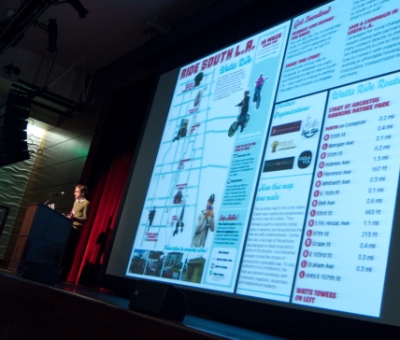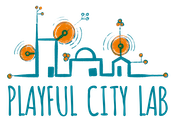The “big picture” for mobile and locative games has been hard to see, and hard to articulate. One cause is that the examples are rarely woven together across disciplines. Second, theory has too often been absent or heavy-handed. Something in-between is needed. This is especially true for more deeply social designs, which are too often reduced to case studies especially in fields like education, the arts, and civic innovation. We argue that this fragmentation of isolated examples is undermining our ability to think big, design holistically, and evaluate broadly.
For this report, we ambitiously seek to curate a set of conceptually important mobile projects, and to connect them with a light weave of theory from three distinct traditions of practice. Specifically, this report outlines the emerging field of mobile and pervasive games along the dimensions of (1) civic learning, (2) performance/art, and (3) social change. Focusing on real projects from the field, we aim to reveal key opportunities and constraints on the mobile frontier for civic games.
We argue that this three-legged “tripod” is increasingly necessary to articulate how mobile game projects are succeeding (and failing). In the past, designs have been analyzed separately by the siloed domains of art, learning, and social action. Each silo remains a useful lens, but combining the lenses is increasingly necessary for mobile media.
Mobile media is different because it ties into the physical space of our neighborhoods, with longstanding relationships and neighborhood dramas. On the streets in front of our homes, most of us already know if there are potholes, and whether socio-economic segregation is getting worse or better. But we may need the vision of art to imagine alternate futures. Art on our streets resists abstraction, and raises immediate questions of civics, prompting us to ask, “what can we do about this?” And taking action points back to learning, since the neighborhood solution is so often to empower ourselves, which necessitates learning who we are, determining what assets and power we have, and learning the skills of collective action to push for change.
Clearly the tripod legs are not just connected — they overlap. In fact, we argue that games are pushing for further blur between art, activism and learning. Games are a form of media that do less to structure facts, and more to structure and shape the player’s experience and identity. Learning is inherent in games, since their engagement depends on providing challenges that are just barely possible. (To use the language of Vygotsky, we might say that games are only fun when they scaffold the experience to keep the player within their zone of proximal development.) When games are tied to physical space, their action ties to learning about our own neighborhoods — how to move through them, and to change them. The art of such games is often the physical world itself, with better sounds and graphics than any screen! And the digital side of games draws in the civic, if only because it is so easy to link to more information on how to take action, or how to learn more. In other words, the experiential nature of games pulls mobile experiences on civics into being a mix of art and learning.
Pragmatism was partly behind our initial selection of these particular three legs of the civic tripod: as authors, we alternately identify as (a) artists, (b) activists, and (c) learners. Each of the tripod legs also points to an applied field that is a hotbed for games. Entire conferences are exploring learning games (see, for example, GLS), activism games (see Games for Change), and artistry (see IndieCade). Finally, each leg has a kind of distinct and powerful notion of audience: activism targets citizens, art targets the public, and learning targets students and lifelong learners.
Impact assessment also benefits from the notion of a civic tripod. Art has different ways of measuring impact from civic participation, which is different from learning. Yet as games blur the tripod, the full impact of a game may be best understood by drawing together the legs in a more ecological view. In particular, the question of whether a game is “engaging” is answerable separately by each leg of the trip — since engagement is essential for learning, necessary for civic engagement, and a central question for art venues like theaters, galleries and museums worldwide. (Here we draw on the emerging analysis of situated engagement from Stokes and Bar, 2012.)
Like any curatorial project, we are not comprehensive and must exclude some fantastic projects. Yet the field also needs some basic lists of leading games, curated with some theoretical grounding. All the games selected we see as emerging at the intersection of civic learning, performance/art and social change.
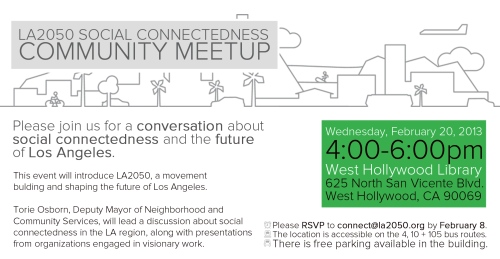

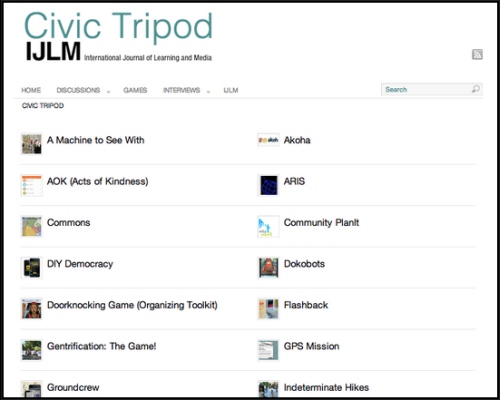

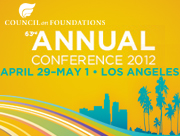 For the first time, the nation’s largest gathering of foundations is hosting a
For the first time, the nation’s largest gathering of foundations is hosting a 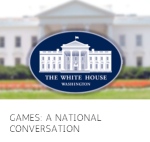 My white paper with Jeff Watson on “Games for Direct Action” is now
My white paper with Jeff Watson on “Games for Direct Action” is now 